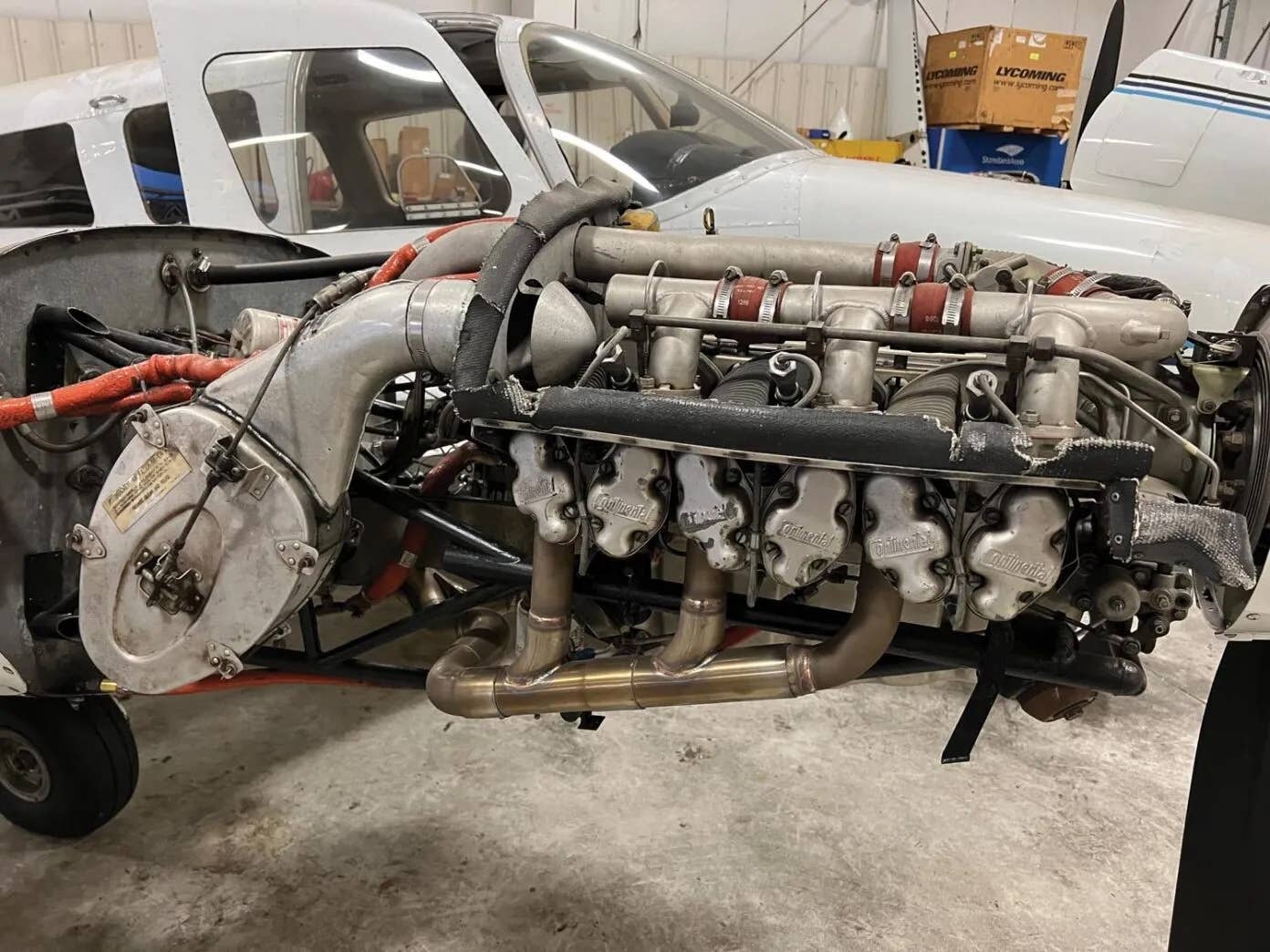General Aviation Accident Bulletin
AVweb’s General Aviation Accident Bulletin is taken from the pages of our sister publication, Aviation Safety magazine. All the reports listed here are preliminary and include only initial factual findings…

Aviation Safety Accident Bulletin
AVweb's General Aviation Accident Bulletin is taken from the pages of our sister publication, Aviation Safety magazine. All the reports listed here are preliminary and include only initial factual findings about crashes. You can learn more about the final probable cause on the NTSB's website at www.ntsb.gov. Final reports appear about a year after the accident, although some take longer. Find out more about Aviation Safety at www.aviationsafetymagazine.com.
November 16, 2020, Advance, N.C.
Republic RC-3 Seabee
The amphibious airplane was substantially damaged at about 0810 Eastern time when it was landed off-airport after an apparent engine failure. The solo airline transport pilot was seriously injured. Visual conditions prevailed.
The day before the accident flight, a mechanic “dipped” the fuel tanks and determined there were about 18 gallons of fuel aboard prior to the accident pilot making a 30-45 minute flight that evening. The next day, the accident pilot told the mechanic he had adequate fuel for his planned 30-minute flight to a nearby airport. Instead, the airplane came to rest in a field less than two miles from the destination. Examination revealed there was no fuel in the fuel tanks, about four drops of fuel in the fuel filter and no evidence of fuel spillage at the accident site.
November 19, 2020, Canon City, Colo.
Piper PA-32R-301T Turbo Saratoga
At about 1830 Mountain time, the airplane was substantially damaged in an inadvertent gear-up landing as its pilots were coping with an electrical failure. Neither the flight instructor nor the pilot receiving instruction were injured. Night visual conditions prevailed.
While en route at 8500 feet MSL, the battery warning light illuminated and the ammeter showed the battery was discharging. Remedial actions failed to correct the problem and the two decided to return to the departure airport. The flight instructor took control and, as they began a final approach, asked the pilot to extend the landing gear, which he reported doing shortly before the instrument panel went dark.
The airplane slid about 150 feet after touching down on its belly. The flight instructor later stated he did not pull the emergency landing gear knob because he believed the gear was down. Examination revealed the alternator belt had failed and was lying in the engine compartment.
November 25, 2020, Atlanta, GA
Cessna 172F Skyhawk/Aero Commander 500
The two airplanes collided almost head-on as their pilots landed on the same runway from opposite directions at 0009 Eastern time. The Skyhawk was substantially damaged; the Aero Commander sustained minor damage. Neither pilot was injured. Night visual conditions prevailed.
As the Skyhawk pilot approached his destination, he activated the pilot-controlled lighting and observed green lights at the approach end of what he believed to be Runway 21R. He then “switched radio channels” and made “routine calls.” He did not hear any radio transmissions advising of other traffic. During the landing, at an altitude of about 10-15 feet above the runway, he saw a “tiny white light approaching extremely fast,” then heard a “bang” and the “plane pitched hard to starboard.” He maneuvered back to the runway centerline and landed.
The Aero Commander’s pilot initially set up to land on Runway 21L but went around after coordinating with an EMS helicopter, which was using Runway 3R, and then made right traffic to 3R. After landing, he saw “some lights,” which he eventually identified as an “oncoming aircraft landing on Runway 21L.” Both airplanes swerved, and the Cessna’s right wingtip contacted the Aero Commander’s right outboard wing.
An audio recording of the CTAF revealed the Aero Commander pilot made position reports on the downwind leg and when turning final. The recording did not include any radio calls from the Cessna pilot. The pilot-controlled lighting system uses a radio frequency separate from the CTAF.
November 26, 2020, Telluride, Colo.
Van’s RV-4 Experimental
At about 1259 Mountain time, the airplane was substantially damaged when its pilot apparently lost control while attempting to land. The pilot and his passenger were fatally injured. Visual conditions prevailed.
At about 1256:45, the accident airplane entered a left downwind for Runway 27 about 500 feet below the pattern altitude and at 100 knots CAS, then decelerated on the downwind and base legs as its descent continued. At about 1259:00, the airplane began a left turn from the base leg onto a ½-mile final and entered an increasingly rapid descent from about 210 feet above field elevation. The airplane’s rate of descent increased from 578 fpm to 3700 fpm during the final four seconds of ADS-B data as it decelerated to about 52 knots CAS. According to the kit manufacturer, the airplane’s wings-level aerodynamic stall speed at gross weight was 47 knots.
This article originally appeared in the February 2021 issue of Aviation Safety magazine.
For more great content like this, subscribe to Aviation Safety!






